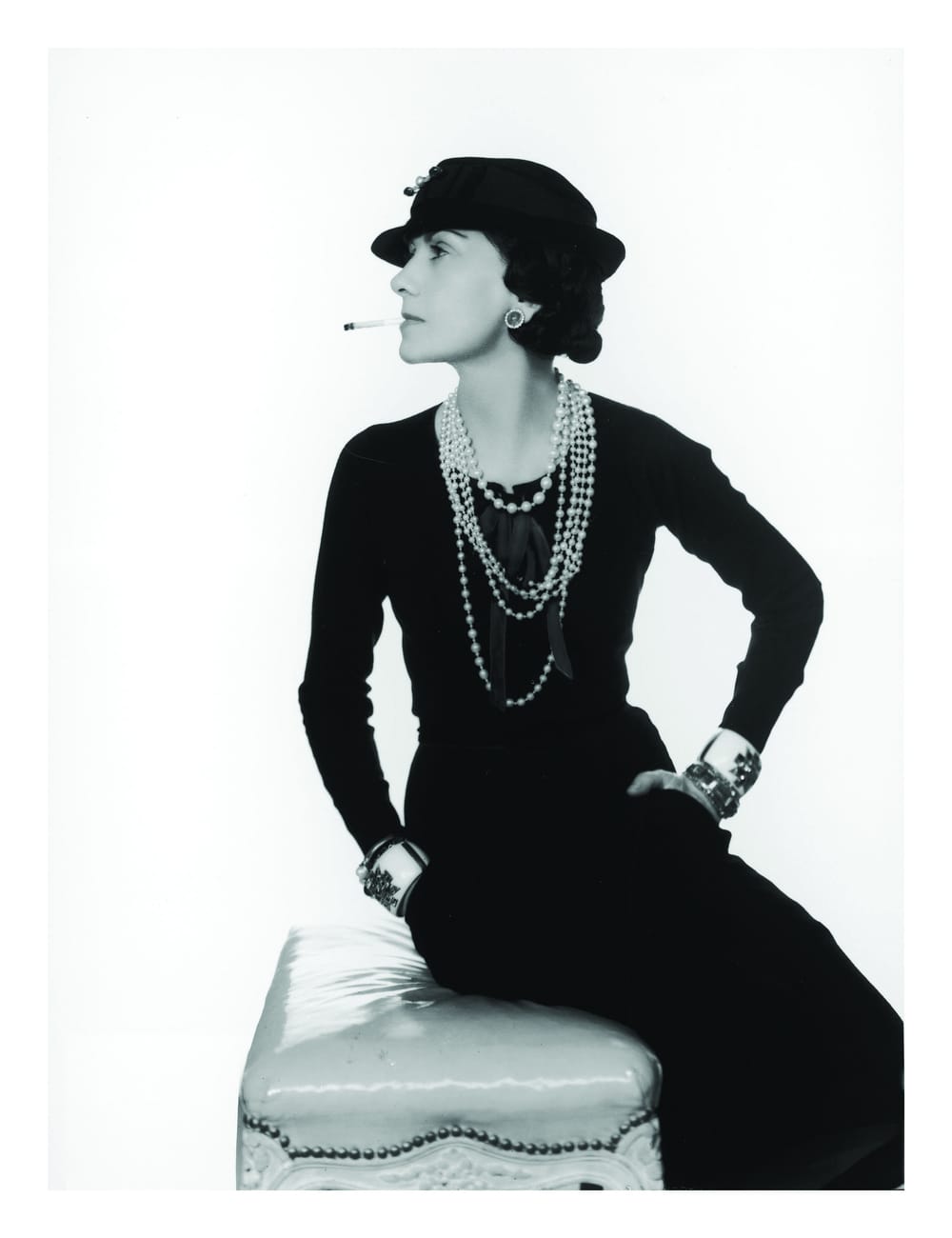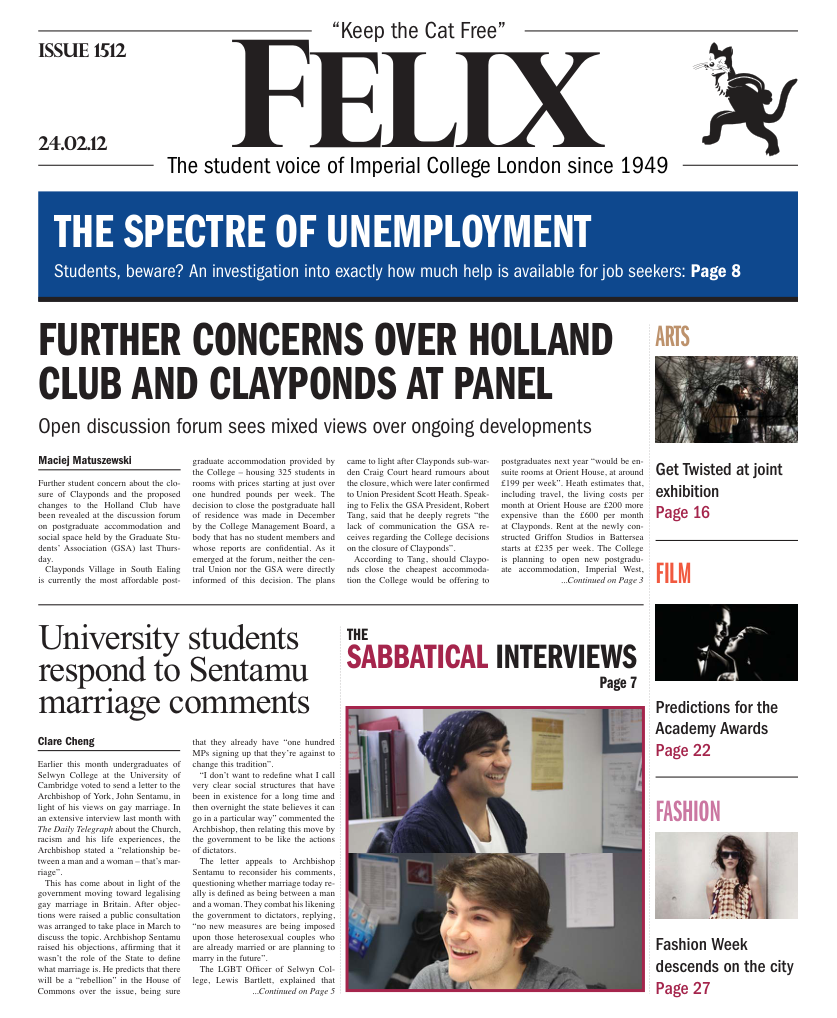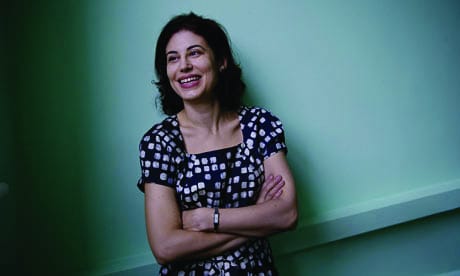A French love affair
Caroline Wood fell in love - with a handbag

Anyone that knows me well will know that over the past few months I have fallen hopelessly in love. Forgive me for using such a tired cliché, but it really was love at first sight. Yes, since the moment I first clasped my eyes on a Chanel handbag, I was infatuated.
I have a friend who is a designer handbag junkie, Yves Saint Laurent, Chanel, Balenciaga… the list goes on. They are all beautiful bags, but I never used to understand her obsession. Then, one day, I saw her classic Chanel Flap Bag and I suddenly understood. There was something about the thick, textured, quilted leather – sumptuously soft, yet firm. There was something about the intertwined gold chain and leather strap that hugs ones shoulder like an old, comforting friend. And don’t even get me started on the exquisite finishings – perfectly crafted inside pockets, the gold hallmark on the inside flap, and of course the trademark Chanel clasp. I would drool over this bag like a lovesick teenager whenever she had it on her. Then, in December, my fairy godmother friend offered to loan it to me for a few months and made my Chanel dreams come true.
It took a short while for us to get comfortable with each other. But after a few awkward outings we became best friends and lovers. My pet name for the bag was simply ‘The Chanel’. Over the Christmas holidays The Chanel came home with me to meet my parents, my sister, my friends, and my extended family. Everyone (apart from, unsurprisingly, my Dad) fell in love with The Chanel, just as I had. This year, we even spent Valentine’s Day together. But this is no Hollywood movie. Very soon, The Chanel will have to be reunited with its rightful owner, and our love affair must end. As I mourn the loss of a great love, I can’t help but reflect upon what it was that I really loved about The Chanel...
The reason that a Chanel bag is worth more than other bags is because it celebrates Coco Chanel
In our society, material goods provide a vital language through which we communicate with each other about the things that really matter – family, friendship, community, and purpose in life. We use the language of goods to communicate status, social identity, affiliation, and even our feelings. Our society is constructed so that material goods facilitate our participation in the life of society. As marketing guru Ernest Ditcher poetically puts it: “hollow hands clasp ludicrous possessions because they are links in the chain of life”. Material goods have always possessed some kind of intrinsic, symbolic value for humans. But in modernity, and this age of wealth, goods are becoming more novel, less meaningful, and more rapidly replaced. We buy novel goods, get bored, buy more goods, get bored, all the while keeping society locked into consumption growth. Our relationships with material possessions have become more like fleeting summer romances, rather than great, life-long loves.
Psychologist Tim Kasser highlights what he calls the ‘high price of materialism’ arguing that values such as popularity, image, and financial success, ‘external factors’, are psychologically opposed to ‘intrinsic values’ such as self-acceptance, affiliation and a sense of belonging in the community. Our society is obviously more heavily fabricated on external factors. This is particularly problematic since it is actually intrinsic values that contribute most to our sense of happiness and well-being, not external factors such as, say, a Chanel bag.
In fact, “voluntary simplicity” has become an entire philosophy for life, drawing on Mahatma Gandhi’s teachings such as “live simply, that others might simply live”. There is even a scientific basis behind the philosophy that our lives become more satisfying when we engage in activities that are purposeful and materially light. This all makes complete sense, and I find myself agreeing with this notion. Outwardly simple, inwardly rich. I totally get it. However, er, now how can I best put this? I’m sorry Mahatma Gandhi, but I am still in love with Coco Chanel...
So what exactly is it about The Chanel? Mademoiselle Coco Chanel was born into humble beginnings in Saumur, France in 1983. She grew up in an orphanage, became a seamstress, and then went on to redesign the way women dressed during the 20th Century. She liberated women from their common stereotypical uniform, turned clothes into works of art, and then turned the fashion industry upside down. In short, she had a dream, made that dream a reality, and changed the world for the better. The reason that a Chanel bag is worth more than other bags is because it celebrates Coco Chanel.
I think that owning luxury goods can be about more than just portraying an image to society about who you are. Owning luxury goods can also send a message to others about what human characteristics you valuable or admire. Material goods have, and will, always have an important place in our lives. However, it is time for our relationship with them to change. Rather than just blindly chasing novelty goods, (which are more familiar to us 90’s babies than anyone else – Tamagotchis, Yo-Yos, micro scooters, Furbies... the list is endless) we should make more selective choices about what we buy. Our possessions should be less about following novel trends, and more about championing great design or expressing our individuality. Some companies have already cottoned onto this – the NikeiD label is one example of how consumer goods are becoming more personalised. But there is still a long, long way to go.
The Western world, at least, needs more quality goods, and less of this mass-produced crap. We can all do our bit to help advocate quality over quantity. As Coco Chanel said herself: “Some people think luxury is the opposite of poverty. It’s not. It is the opposite of vulgarity.”








